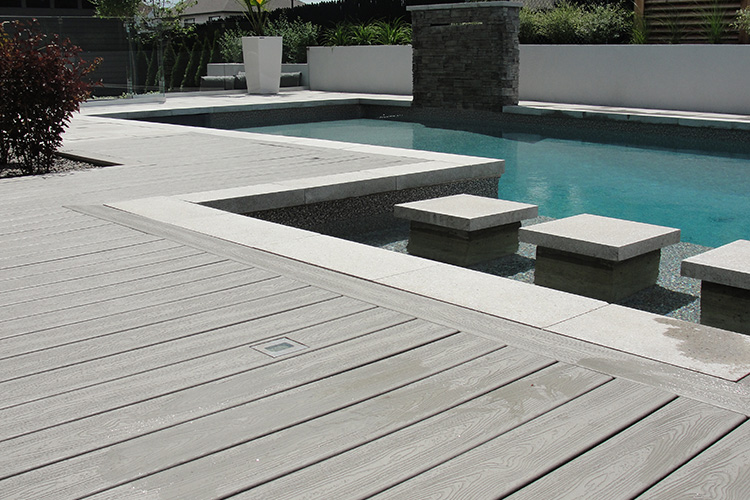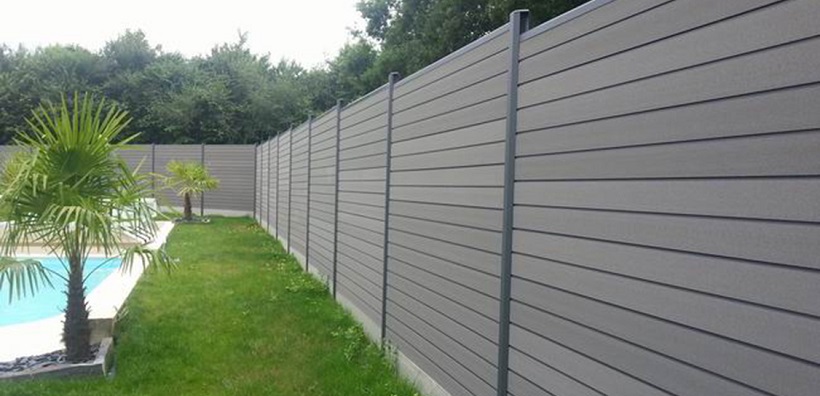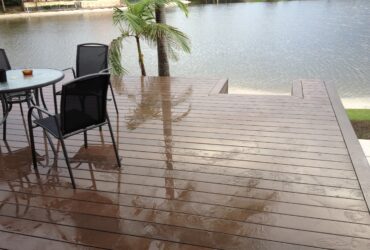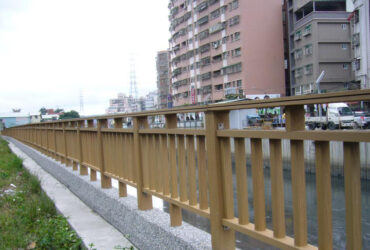Research Progress On The Functionality Of Co-extruded Wood-Plastic Composites (4)
Flame retardant properties
The flame retardancy of traditional wood-plastic composite materials needs to be considered synergistically with the flame retardancy of wood powder and the flame retardancy of plastics. The flame retardancy effect can only be achieved by adding a large amount of flame retardants, resulting in low utilization efficiency of flame retardants. At the same time, the selection of flame retardants also needs to take into account the strength of wood-plastic composites, the difficulty of molding and processing, the environmental protection and cost of flame retardants. Therefore, the output of commercial flame-retardant profiles made of traditional wood-plastic composite materials is very small.

Some companies use environmentally friendly polyolefin flame retardants as the surface layer of flame-retardant co-extrusion to prepare flame-retardant co-extrusion profiles. Different kinds of flame retardants were added to the co-extruded surface layer of co-extruded wood-plastic composites to study their flame-retardant properties. Studies have found that ammonium polyphosphate, zinc borate, aluminum hydroxide, expandable graphite, etc. can be used alone or in combination to improve the flame retardancy of co-extruded wood-plastic composites.

The research of the above scholars shows that the flame retardancy of co-extruded wood-plastic composites is simplified to the flame retardancy of the surface material,As long as there is sufficient co-extruded surface layer thickness, the flame retardant performance of the core layer can be ignored, and a good flame retardant effect can be achieved only by solving the flame retardant problem of the surface layer material.


